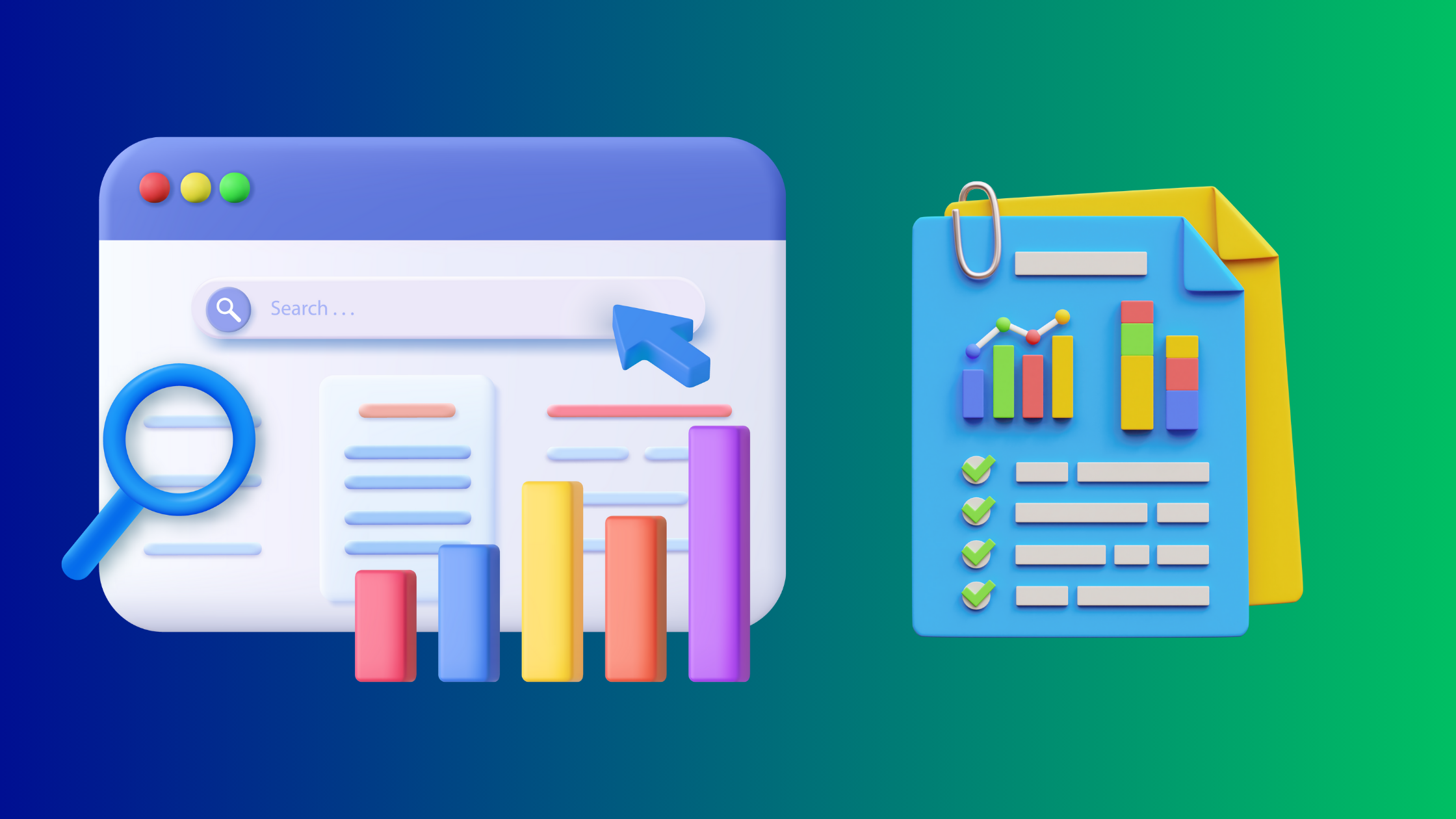Analytics Essentials: Building a Functional KPI Dashboard
Data is crucial for smart business choices, but the sheer volume can be overwhelming.
The key? Focus on the most important information and present it clearly. This might involve simplifying it for those unfamiliar with the data. One great way to achieve this is by creating a dashboard. Think of it as a one-stop shop for all your data visualizations, making things easy to grasp for everyone.
What is a dashboard?
Imagine a central hub showcasing various data visualizations. This is what a dashboard is - a platform combining different but connected pieces of information. Think of it as a quick snapshot of what matters. It often highlights key business metrics (like KPIs) that decision-makers need to grasp instantly.
The beauty of dashboards? They're adaptable to any field. They can handle various data types and timeframes, helping you see the bigger picture: what transpired, the cause, potential future trends, and necessary actions.
Charts, graphs, and tables come into play here. These visuals turn complex data into an understandable story, making it easier for everyone, even those unfamiliar with the specifics, to grasp the key takeaways.
One important note before we go further: Dashboards are NOT reports.
While both dashboards and reports deal with data analysis, they have distinct roles:
Reports zoom in. They offer a detailed examination of a specific data set, focusing on a particular element or event. Imagine them as microscopes for data exploration.
Dashboards take a wider view. They present a comprehensive overview of various data points, aiming to answer a single, overarching question. This question can range from broad inquiries like "how did our website perform last month?" to more specific ones like "how many units were sold?". Dashboards can even address complex issues like gauging overall efficiency, which might require specialized knowledge to interpret effectively.
Why create a dashboard?
There are many benefits to using dashboards as you visualize and understand data. For a start, it gives you a clear view of key data metrics that are important to your organization. Other major benefits include:
Data clarity
Real-time analytics (the most important one, in our opinion)
More accurate forecasting
More intuitive presentations
Increased accessibility and transparency
Better decision-making and problem solving
So how do you go about creating a dashboard?
There are many different solutions to help you build dashboards: Tableau, Excel, or Google Sheets. But at a basic level, here are important steps to help you build a dashboard:
Define your audience and goals: Understand who will be using the dashboard. Are they data experts or beginners? Tailor the complexity of the information and visualizations accordingly. Then define the purpose of the dashboard. What specific questions should it answer? What insights should it provide?
Choose your data: Most businesses have an abundance of data from different sources. Choose only what’s relevant to your audience and goal to avoid overwhelming your audience with information. If you aren’t 100% sure yourself what your team will need, here are some interactive pieces you can add to make your dashboard more functional:
Allow users to filter data based on specific criteria.
Enable drill-down capabilities for deeper exploration of specific metrics.
Double-check your data: Always make sure your data is clean and correct before building a dashboard. The last thing you want is to realize in several months that your data was wrong the entire time.
Choose your visualizations: There are many different types of visualizations to use, such as charts, graphs, maps, etc. Choose the best one to represent your data. For example, bar and pie charts can quickly become overwhelming when they include too much information. Remember that context is key!
Use clear and concise labels and titles. Provide additional information or explanations where necessary, especially for complex data.
Limit the number of visualizations on a single screen. Favor clean design and avoid clutter.
Consider including trends and comparisons to provide a broader perspective.
Use a template: When building a dashboard for the first time, use a template or intuitive software to save time and headaches. Carefully choose the best one for your project and don’t try to shoehorn data into a template that doesn’t work.
Keep it simple: Use similar colors and styles so your dashboard doesn’t become cluttered and overwhelming. And just because you can include all the metrics under the sun doesn’t mean you have to. Avoid information overload.
Iterate and improve: Once your dashboard is in a good place, ask for feedback from a specific person in your core audience. Find out if it makes sense to them and answers their questions. Take that feedback to heart and make improvements for better adoption and understanding.
What are some best practices to follow when creating a dashboard?
Best practices for building and using dashboards vary across companies (and person to person). Keep in mind the goal you hope to achieve with the dashboard and who will look at it, as well as these considerations for creating a good dashboard:
KPIs: Don’t overwhelm your audience with data. Choose only the most relevant data for and present it in a way that makes sense.
Elements: Ensure you choose the correct charts, graphs, and tables for each piece of data. The best visual enhances understanding.
Design: Make sure your dashboard is easy to understand at a glance by organizing the data and using a consistent color scheme.
Labels: Be concise and clearly label every piece of information.
Interactivity: Use interactive elements as needed. This allows people to drill further into data or shows variability.

